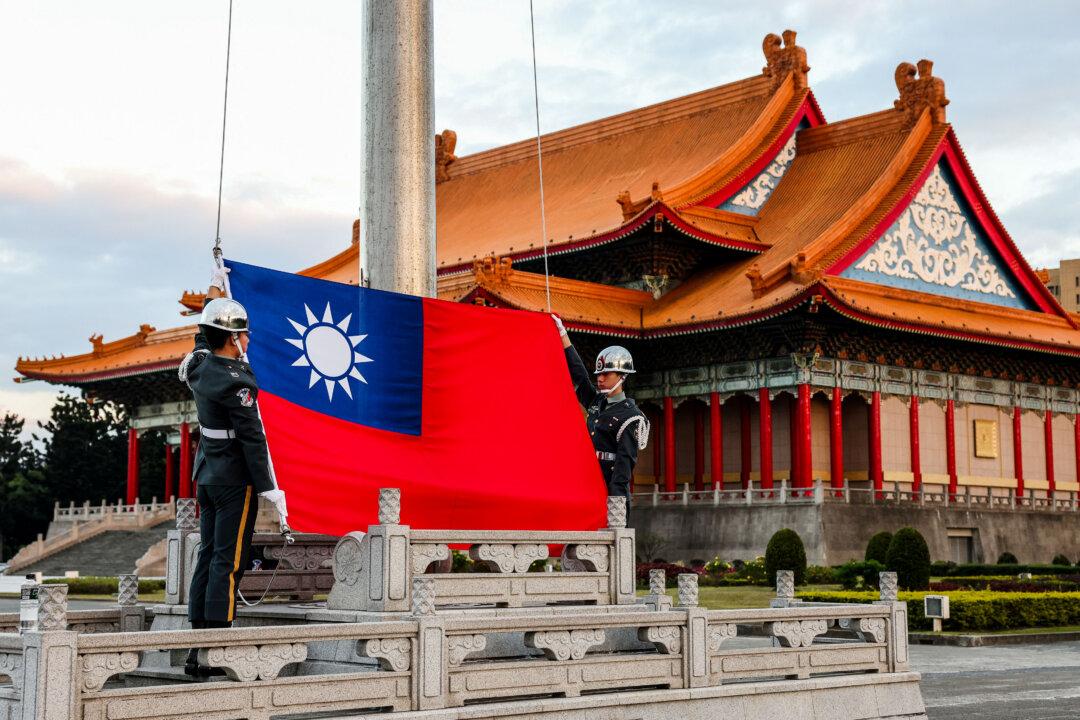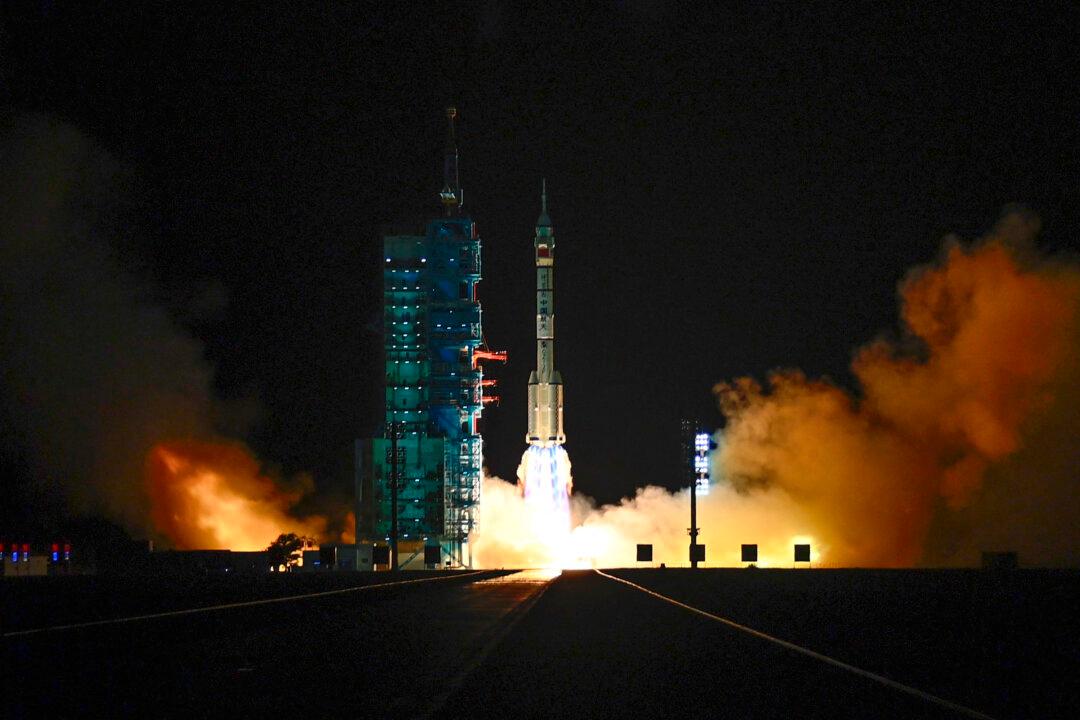Japan’s former prime minister Taro Aso said Tuesday that the United States, Japan, and other nations need to show a strong resolve to defend Taiwan if it is attacked. Mr. Aso made the remarks during a three-day visit to Taiwan. He is the most senior-level Japanese political official to visit Taiwan in over 50 years.
Mr. Aso’s remarks voiced Japan’s increasingly outspoken attitude about the situation in the Taiwan Strait, which, he said, is “gradually tilting toward a time of emergency.”




